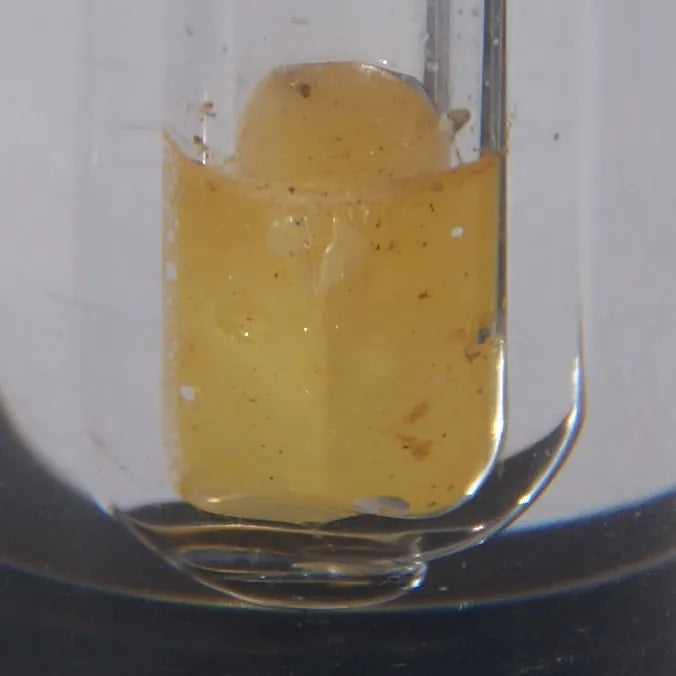All About Phosphorus
Phosphorus is a fairly abundant element which is vital for life. It is highly reactive and quickly oxidises in the presence of oxygen and so it is usually found in the form of phosphate (P2O5). It's energetic reactivity makes it excellent for energy storage and for fuelling the metabolism in plants and animals. One place that phosphorus can be found is in the heads of non-safety type matches.
A highly simplified description of how phosphorus is used in biological systems as an energy storage is that typically, energy is stored as molecules of ATP (Adenosine Triphosphate, C10H16N5O12P3). When ATP is converted to ADP (Adenosine Diphosphate) energy is released. With the use of sugar, the ADP can then be recycled back into ATP to store energy again.
Plants readily uptake phosphate in the root-zone. Unfortunately, a lot of the phosphate in soil becomes bound-up and unavailable to plant roots. However, research a few years ago by Colorado University, has resulted in a mixture of microbes, called Mammoth P, that can free the bound-up Phosphate in soil and make it available to plant-roots again. Once inside a plant phosphorus is mobile in the form of phosphate.
Without adequate quantities of Phosphorus, plant growth slows down. The plant becomes weak and susceptible to pests and diseases. Leaves can turn a bluish-green colour and the leaf stems (petioles) sometimes turn purple. Dead blotches may appear on lower leaves. The ends possibly turn brown and they will eventually wither and drop off. Yields are usually badly affected:
An overdose of Phosphorus locks out Calcium, Magnesium, Zinc and Iron making the plant look as though it is suffering from a combination of deficiencies in these elements. Leaves have slender blades and turn yellow between the veins and may develop burns on the tips and the edges. Lower leaves contort and have dead spots. The crop will usually have an unpleasant chemical taste.

